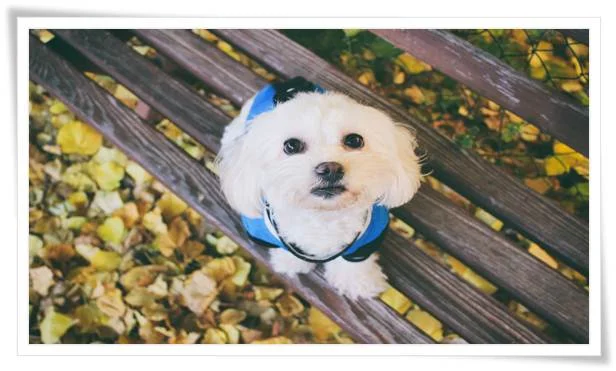Maltese Obedience Training
 |
| Dog Training |
Maltese obedience training can easily be done in as little as four steps, and will help your dog grow into a well behaved and loving companion for life.
Maltese Obedience Training – The First Step
The first of these steps is simply knowing how to keep the rules in check- that is, gentle reinforcement. Both positive and negative behaviors alike must be responded to with love and care, not harsh beratements or indifference! This basically boils down to never hitting, kicking, slapping, or using any other form of harmful physical action on your dog. Effective Maltese obedience training is best done with a simple stern “No” to discourage them from doing bad actions. If you happen to lack the time or temperament to effectively and calmy train your Maltese, it is probably best if you use a program for dog obedience offered by a professional.
Maltese Obedience Training – The Second Step
The second step involves biting. All young Maltese dogs will instinctively bite and chew clothing or you, not knowing the damage they are doing. This is simply the nature of the dog- they don’t know that they are causing you pain or damaging your clothes! Naturally, this will not do at all. One of the most effective ways to approach this matter is to simply say “ouch” in tone of voice that is still neutral. Avoid a high pitched yelp or an angry outcry. Exiting the room for about thirty seconds afterwards is another good trick to show the dog that his action is bad.
Maltese Obedience Training – The Third Step
Maltese obedience training also includes teaching your puppy when and how to urinate, which is the third step. This is an important matter of not only public appearance, but also health for both the dog and owner alike! The main reason that such dogs are given over to animal shelters is because there are problems with eliminating waste properly. One effective method is the “crate method”. You simply leave them in a crate or small area when they go to sleep. Dogs, by nature, will not urinate or leave waste in their sleeping area. After a set amount of time, move them to an area that IS appropriate for waste. Repeating this procedure will get them accustomed to relieving themselves in a certain area (such as outside).
Maltese Obedience Training – The Fourth Step
The fourth step is undoubtedly the loudest and most obnoxious of all the issues- barking. Maltese obedience training gets difficult at this point, as most smaller dogs are rather loud and frequent dogs (which happens to make them good watch-dogs)! The tricky issue is that this is how they primarily communicate, so it will take some time to teach them how to communicate in other ways. Some of the more expensive ways include getting bark collars, which will teach them that barking is not an accepted measure- this may cause issues though when there is really an emergency. The best way to curb barking is to spend time and energy with them. They will learn that there are better (and quieter) ways to communicate.
Above all, use gentle reinforcement. This is the foundation of all lessons that you may want to teach your Maltese. Maltese obedience training takes time and effort, but a gentle hand and caring voice goes a lot longer than stern words and a harsh hand.
Related posts:

Comments
Post a Comment